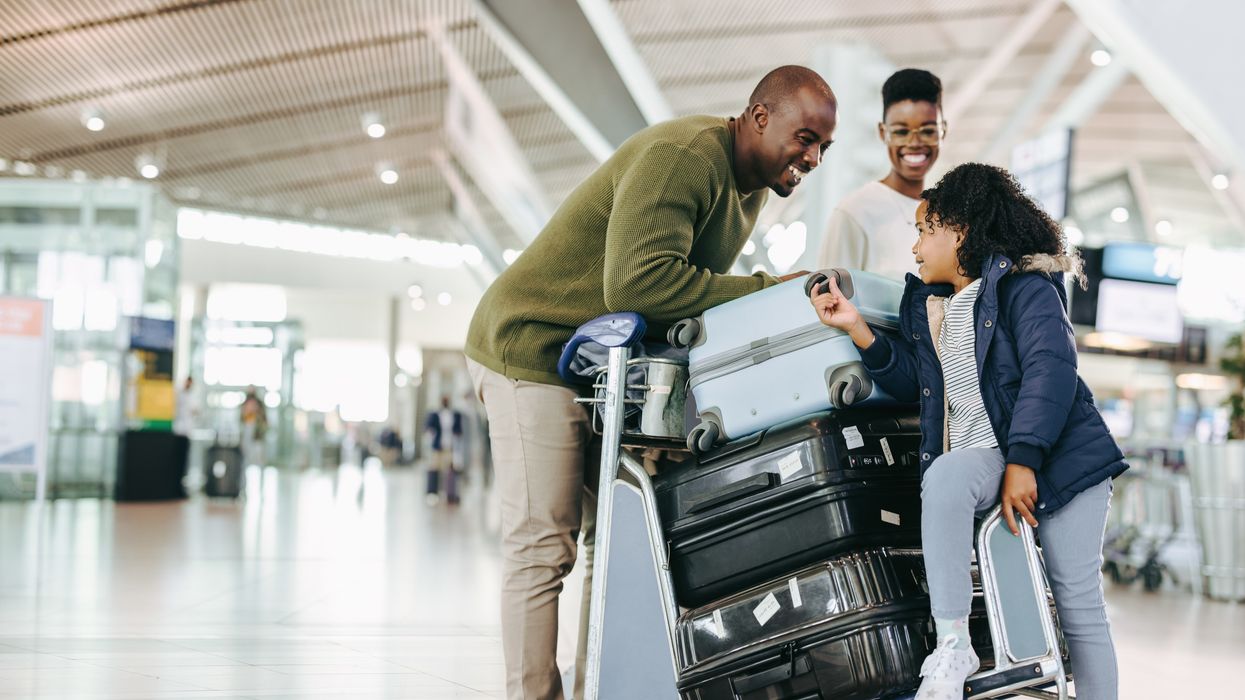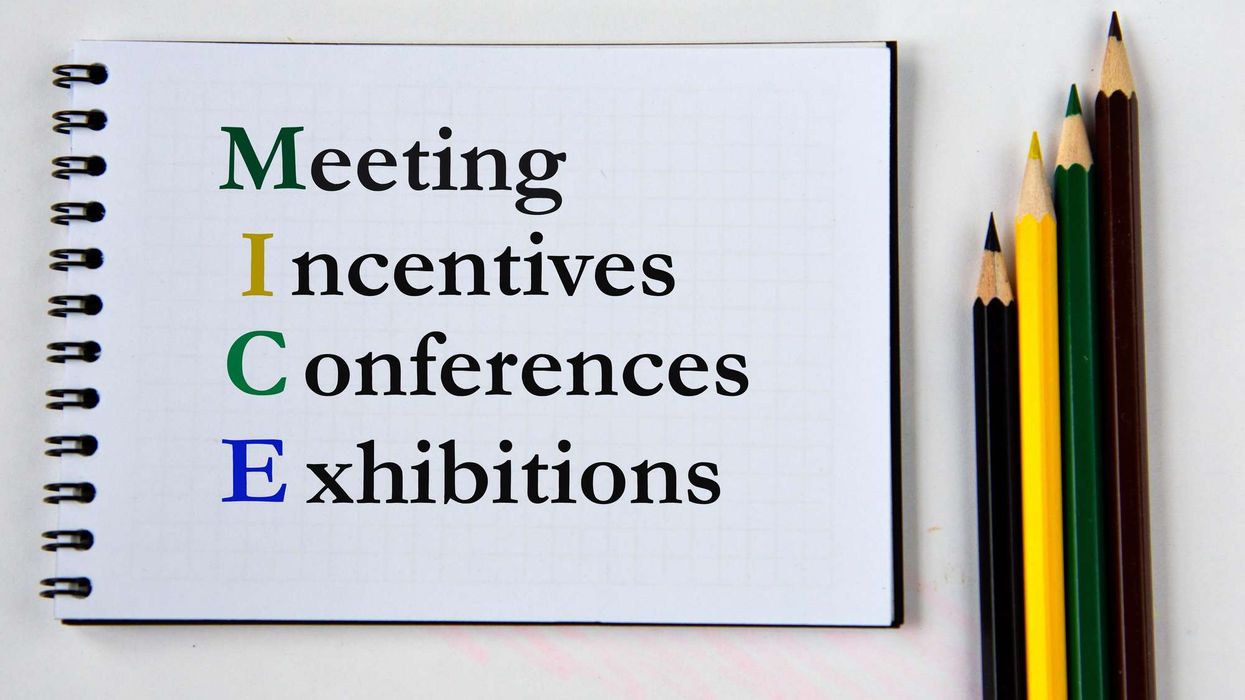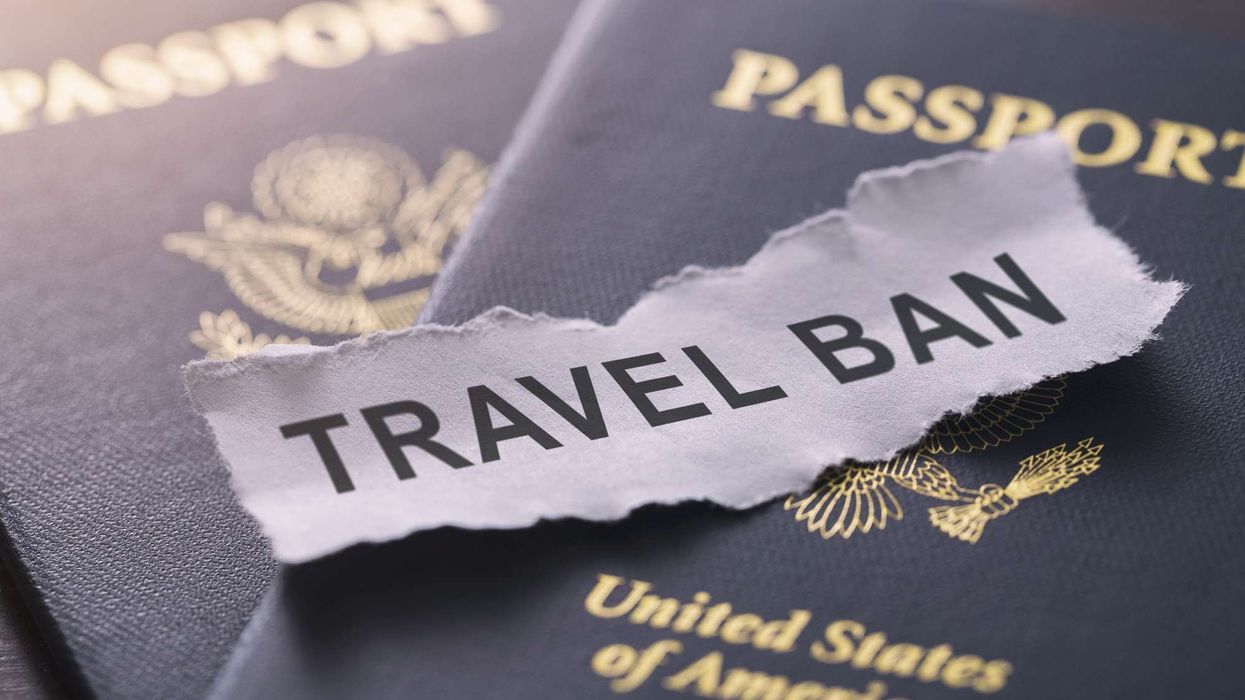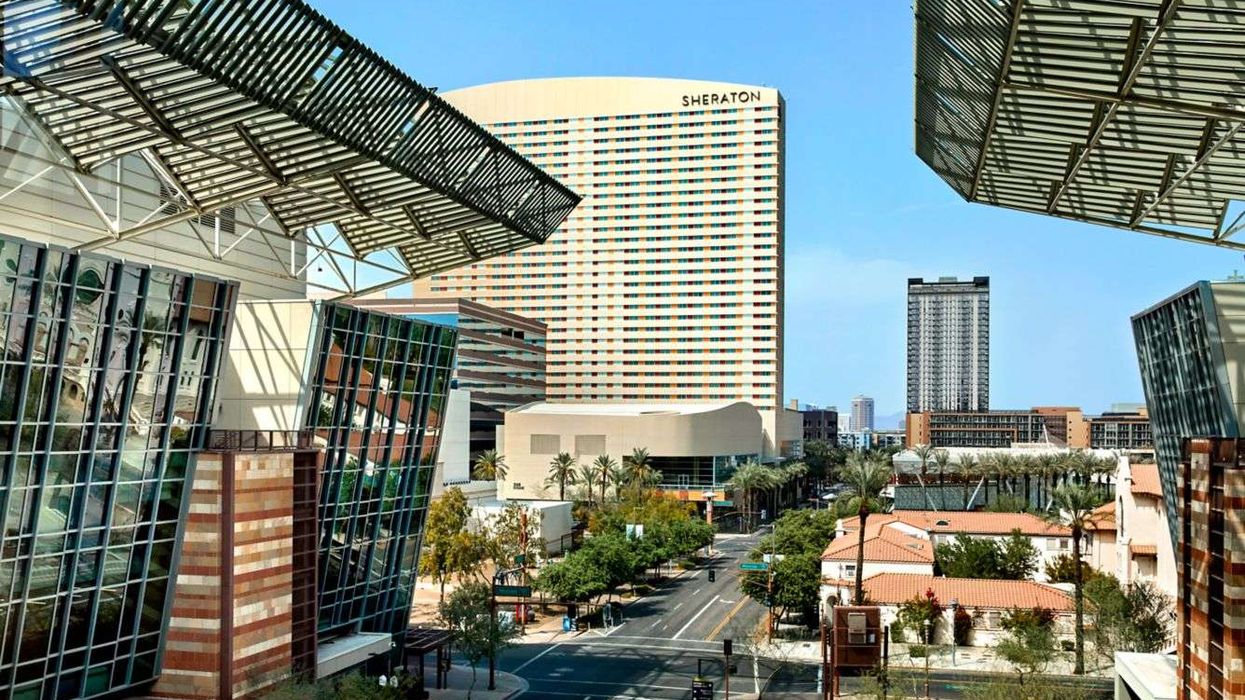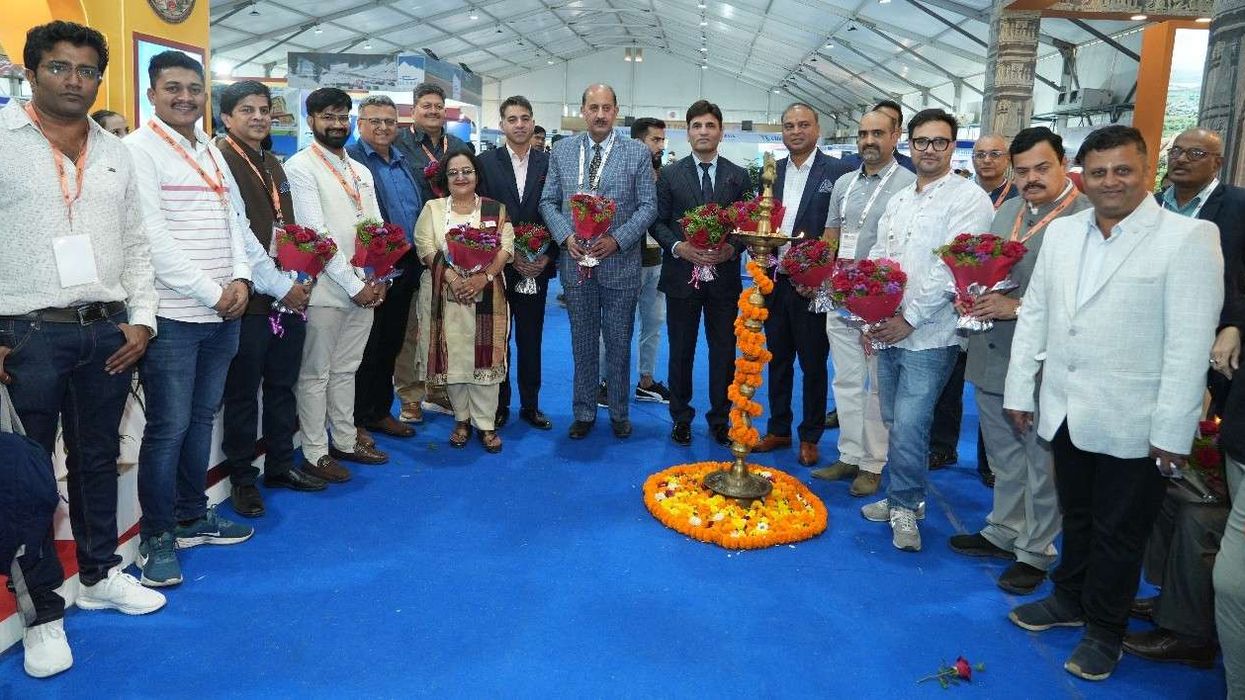Key Findings from MMGY’s Black Travelers 2025 Study
APPROXIMATELY 79 PERCENT of U.S. Black travelers prioritize safety and a welcoming atmosphere when making travel decisions, according to new research by MMGY Travel Intelligence. The study examines their travel motivations, planning behaviors and spending patterns, highlighting shifts in preferences for 2025.
The study, compiled by Black Travel Alliance and the National Coalition of Black Meeting Professionals, draws from three sources: a national survey of 2,000 Black leisure travelers, data from DK Shifflet’s Travel Performance/Monitor, and an online survey of 200 NCBMP members.
“Creating memories, relaxing and exploring new destinations while feeling safe are paramount for today’s Black travelers,” said Simon Moriarty, MMGY Travel Intelligence’s vice president for research and analytics. “By offering actionable insights, these studies empower travel businesses to develop tailored strategies and solutions that resonate with the needs of each audience, driving both personalization and profitability.”
Survey questions were developed with industry experts and BTA-NCBMP input to reflect Black travelers' sentiment.
Other survey findings about Black travelers include:
- More than 76 percent of Black travelers plan a domestic vacation in 2025, with more overnight leisure trips than day trips.
- Word-of-mouth remains the top influence, especially for Boomers. About 87 percent are willing to pay for premium upgrades, including hotels and airline seats. Nearly 46 percent belong to Black travel groups like Black Travel Movement and Black Women Travels, which offer community and culturally tailored experiences.
- Millennials favor destinations that celebrate Black culture, seeking cultural experiences and Black-owned businesses. Gen Zers and Boomers prioritize affordability, focusing on high-value travel.
- Average travel spending will rise by $1,300 per traveler, reaching $2,992 in 2025. Higher-income travelers allocate 59 percent of their budget to transportation and accommodations, compared to 51 percent among lower-income travelers.
The BTA-NCBMP survey also profiles Black travelers' habits compared to the overall U.S. leisure market, using data from DK Shifflet’s 2023 Travel Performance/Monitor. Based on 6,523 Black leisure travelers and 54,428 total U.S. leisure travelers, key findings include:
- Black leisure travelers differ from the average U.S. leisure traveler. They are younger, more likely to be employed, less likely to be retired, have lower median incomes, and are more likely to have children at home.
- U.S. Black leisure travelers took 184.12 million trips, representing 11 percent of the U.S. leisure market. In 2023, they spent $145 billion, with transportation and food and beverage as the top spending categories.
- Most U.S. Black leisure travelers, 79 percent, traveled by car, averaging 247 miles one way.
For the survey’s meetings section, MMGY and NCBMP surveyed 200 NCBMP members in January 2025. Key findings include:
- Black meeting professionals plan an average of 5.5 meetings per year, down from 7.5 in 2020, indicating more consolidation or virtual events.
- Typical meetings require 501 to 2,000 peak room nights. In 2024, respondents' average annual meeting spend exceeded $2 million, with 7 percent spending over $5 million.
- Meetings with 100 or fewer room nights grew to 19 percent in 2024, up from 12 percent in 2020, reflecting a shift toward smaller, more intimate gatherings.
BTA and NCBMP leaders emphasized the research's importance.
Martinique Lewis, BTA president, said the data highlights Black travelers' significance. “It serves as a wake-up call for many destinations considering changes to their engagement strategies,” he said.
“Once again, the data is clear: Black people do travel, and our buying power does impact communities,” said Jason Dunn, NCBMP’s CEO. “This should no longer be a question but a fact and a speaking point in all boardrooms, particularly in this climate of indecisiveness.”
Meanwhile, MMGY Global's December study found that Americans plan more travel in 2025, with vacation budgets rising to $5,051 and trips increasing to 4.1 per person. Nearly 80 percent plan to vacation in the next year, up 7 percent from winter 2023.
